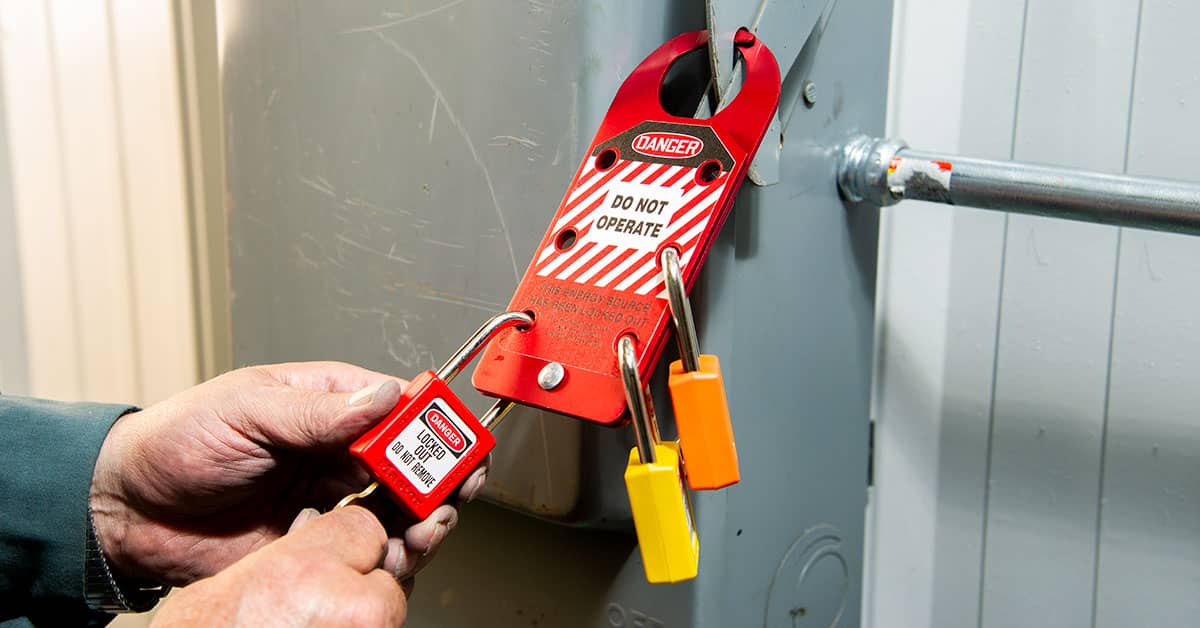When equipment needs maintenance, your workers probably use lockout/tagout procedures to keep everyone safe. OSHA defines three categories of workers who need training, authorized employees, affected employees, and other employees.
Authorized employees apply locks and tags to the machines and them perform the service or maintenance. They're trained to follow special procedures designed to prevent injuries.
Affected employees are workers who use machines being serviced under lockout/tagout or whose job requires them to work in areas where those procedures are being used. They are affected because they cannot use the equipment being serviced.
Other employees are those who don't use the equipment being serviced by may have other duties in areas where lockout procedures are used. They must understand the energy control procedures and not try to restart machines being serviced. This category could even include temporary workers from a staffing agency.
Whenever lockout procedures are used, make sure employees know their roles and that unauthorized workers don't attempt maintenance that they haven't been trained to perform. Also, make sure other workers in the area, including temps, understand the purpose of the lockout procedures and don't interfere with them. Your company's lockout procedures should help keep everyone safe but only if everyone understand their responsibilities when those procedures are used.
